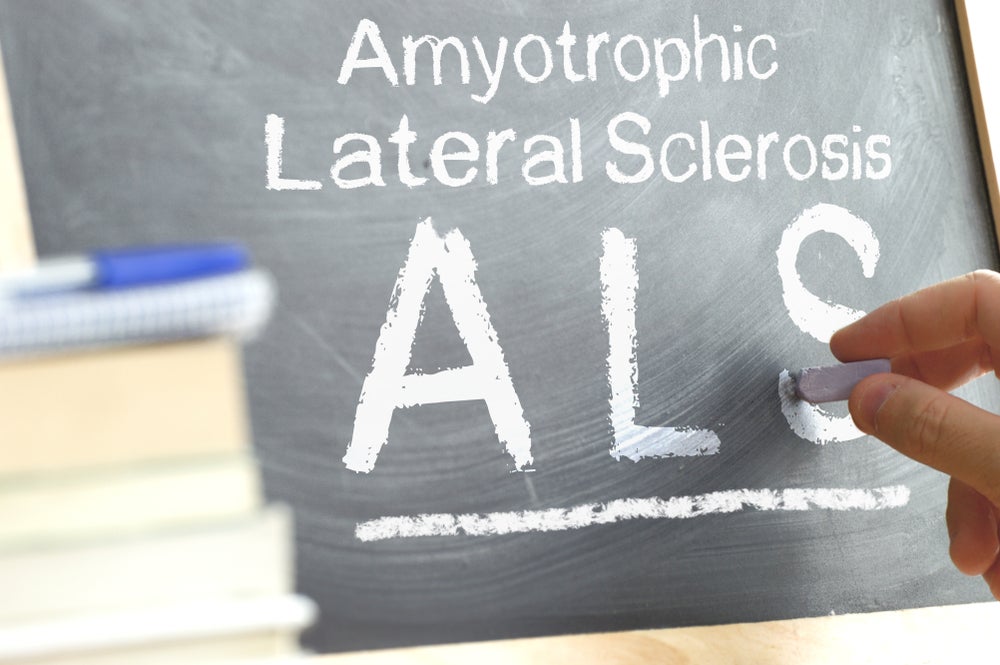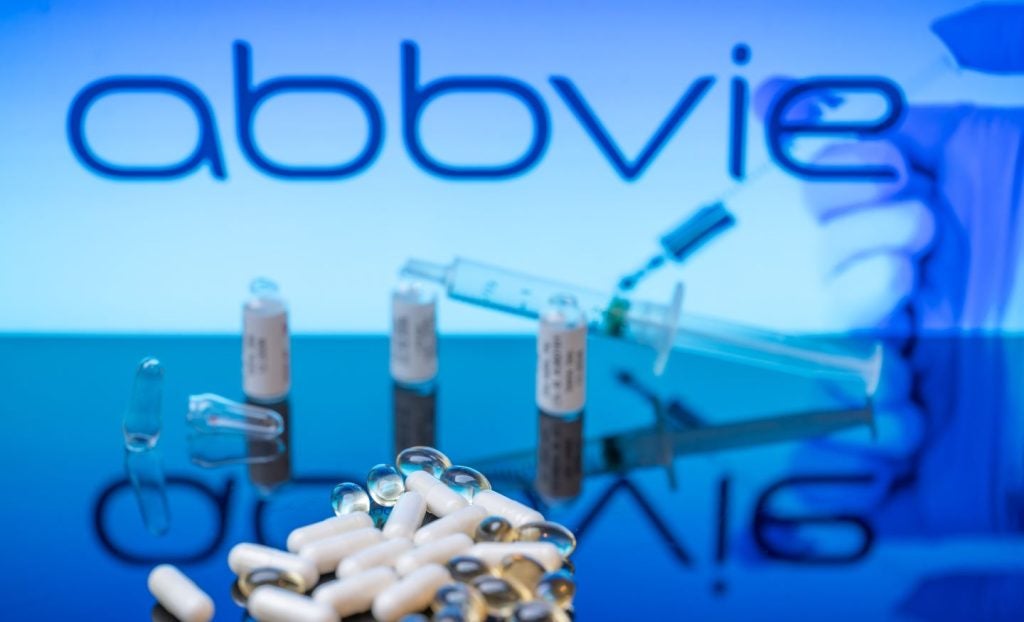At the AD/PD 2024 International Conference on Alzheimer’s Disease (AD) and Parkinson’s Disease (PD), innovative approaches poised to revolutionise the treatment of amyotrophic lateral sclerosis (ALS) and the use of neurochemical biomarkers in ALS drug development were key topics discussed during forums.
ALS is a rapidly progressive, fatal neurodegenerative condition characterised by muscle weakness, atrophy, and spasticity, arising from the gradual degeneration of both upper and lower motor neurons. Current ALS treatment options include glutamate antagonists, free radical scavengers, antisense oligonucleotides, and apoptotic regulators that all manage the disease, but are not curative and thus, there is an urgent necessity to pivot the treatment paradigm towards novel disease-modifying therapies.
Historically, developing disease-modifying therapies for this rare and aggressive disease has proven challenging. The high failure rate in ALS clinical trials is often attributed to the disease’s unclear etiology and complex pathophysiology. At a symposium on 7 March, 2024, focusing on therapeutic innovations in ALS, improving the characterisation of disease pathogenesis, and enhancing clinical trial infrastructure and agility were highlighted as focus points for ALS clinical development, as outlined in the Action Plan for Rare Neurodegenerative Diseases by the US Food and Drug Administration (FDA).
Thus far in 1Q 2024, both Sanofi and Denali Therapeutics’ receptor-interacting protein kinase 1 (RIPK1) inhibitor SAR443820, as well as Ferrer Internacional’s much-anticipated free radical scavenger FAB122, have failed to achieve their primary endpoints in Phase II and III studies, respectively. More recently, on 8 March, a press release by Amylyx Pharmaceuticals announced that Relyvrio, a neuroprotective agent, failed to achieve its primary efficacy endpoints in the global Phase III PHEONIX (NCT05021536) for ALS. Relyvrio was first approved in the US and Canada in September 2022 for the treatment of ALS however, following this monumental setback, it may be withdrawn from the market.
For ALS, especially in the last few years, considerable developments have taken place in the field of neurochemical biomarkers. Biogen’s Qalsody (tofersen), the first therapy for patients with SOD1 mutation-mediated ALS, failed to meet its primary and secondary endpoints, however, was approved in April 2023, by the FDA based on neurofilament light chain (NfL) reduction. According to Dr. Angela Genge, director, ALS Centre of Excellence Montreal Neurological Institute and Hospital, presenting at AD/PD 2024, regulatory bodies are increasingly keen to analyse both disease-progression biomarkers such as NfL and target engagement biomarkers such as TAR DNA-binding protein 43 (TDP-43).
See Also:
GlobalData’s upcoming Amyotrophic Lateral Sclerosis Updated Market Analysis and Forecast to 2029 report explores several pipeline assets in the disease space with the mechanism of action (MOA) varying from those seen in currently available marketed drugs. The investigational assets entail small molecules, monoclonal antibodies, antisense oligonucleoside (ASO), gene therapies and small inferring RNAs. There are 12 assets in their mid-late-stage development (Phase II–III), which are poised to enter the market within the next five years. With numerous pipeline agents that have diverse mechanisms under investigation, KOLs interviewed by GlobalData in January 2024 anticipate the treatment landscape to evolve significantly within the next decade.
How well do you really know your competitors?
Access the most comprehensive Company Profiles on the market, powered by GlobalData. Save hours of research. Gain competitive edge.

Thank you!
Your download email will arrive shortly
Not ready to buy yet? Download a free sample
We are confident about the unique quality of our Company Profiles. However, we want you to make the most beneficial decision for your business, so we offer a free sample that you can download by submitting the below form
By GlobalDataThree investigational assets are being developed as small molecules targeting the integrated stress response through the activation of the eukaryotic translation initiation factor 2 (elF2). These assets include Bristol Myers Squibb’s elF2 in Phase I, Denali’s DNL343 in Phase II, and Calcio’s ABBV-CLS-7262 in Phase I. Both Denali and Calcio are participating in the HEALEY ALS Platform Trial, a multi-center, multi-regimen clinical trial assessing the safety and efficacy of investigational products in ALS (NCT04297683). Genge stated, ‘’Understanding the integrated stress response is an important next step towards grasping the importance of target engagement biomarkers within ALS’’. Meanwhile, Verge Genomics has commenced a Phase 1b trial investigating its oral PIKfyve inhibitor.
In addition to the HEALEY Programs, Ionis Pharmaceuticals and QurAlis are both investigating ASO-based therapies, in Phase III (NCT04768972) and Phase I (NCT05633459), respectively. The accelerated approval of Biogen’s Qalsody; an ASO offering curative treatment for ALS encouraged many pharmaceutical and biotechnology companies to develop products with the same MOA. Ionis Pharmaceuticals’ ulfernesen reduces the production of a mutated, neurotoxin form of the Fused in Sarcoma (FUS) protein, which usually leads to ALS. Whilst QurAlis’s programme is a ‘’splice switching ASO as opposed to gapmer ASO, which means it is very scientific complex and has great potential,’’ mentioned Genge. The aim is to restore STATHMIN-2 (STMN2) expression in patients with ALS as STMN2 is an important protein for neural repair.
In September 2020, Biogen initiated a Phase I/II study called ALSpire to evaluate the safety and tolerability of BIIB105: an ASO targeting the ataxin-2 protein (NCT04494256). Toxic buildup of TDP-43 protein is evident in 95% of all ALS patients. TDP-43 contributes to nerve cell dysfunction and subsequently leads to death and thereby through targeting the ataxin-2 protein, TDP-43 toxicity can be prevented. In contrast to other ASOs in development that target inherited mutations in SOD1 and FUS, BIIB105 is expected to be of benefit to the majority as opposed to the minority.
To address the lack of efficacious disease-modifying therapies, the treatment horizon is now abuzz with the exploration of novel approaches focused on curative therapies and disease-progression biomarkers such as NfL and target engagement biomarkers such as TAR DNA-binding protein 43 (TDP-43). This not only offers lucrative opportunities for pharmaceutical companies but also presents a ray of hope for patients eagerly waiting for disease-modifying therapies.








Related Company Profiles
Sanofi
Denali Therapeutics Inc
Amylyx Pharmaceuticals Inc
Biogen Inc
Bristol-Myers Squibb Co